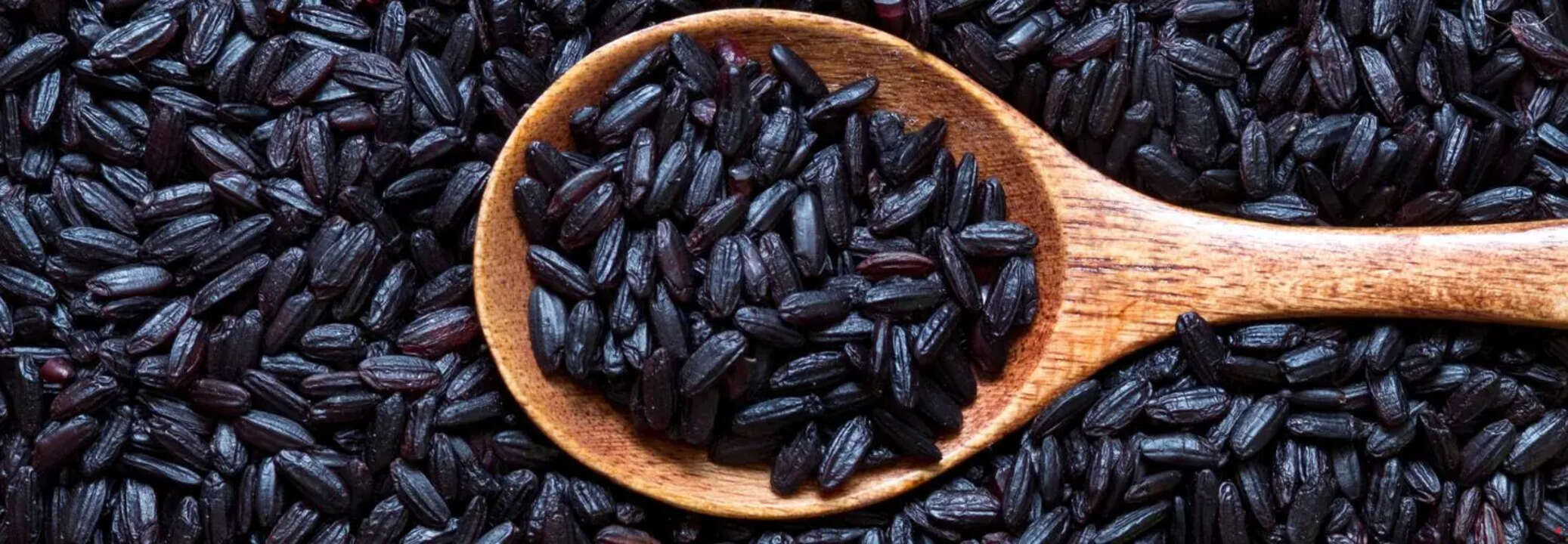Gluten-Free Black Rice Is Great For Your Eyes-But What Else Does It Offer?

Credit: Canva
SummaryPacked with nutrients, this variant owes its purple colour to a pigment called anthocyanin, which has potent antioxidant properties.
End of Article

Credit: Canva